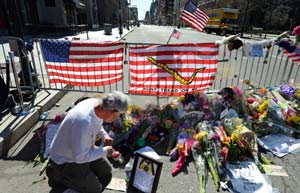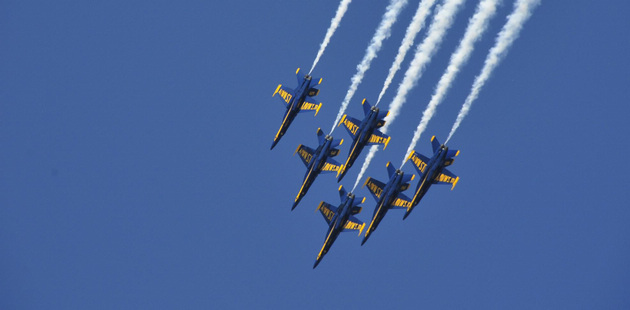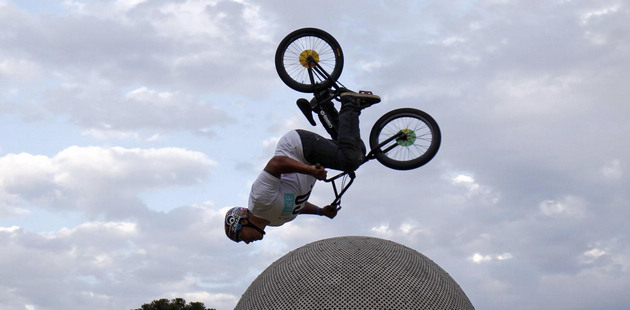He's a human scarecrow
Updated: 2012-06-19 14:49
By Liu Zhihua (China Daily)
|
||||||||
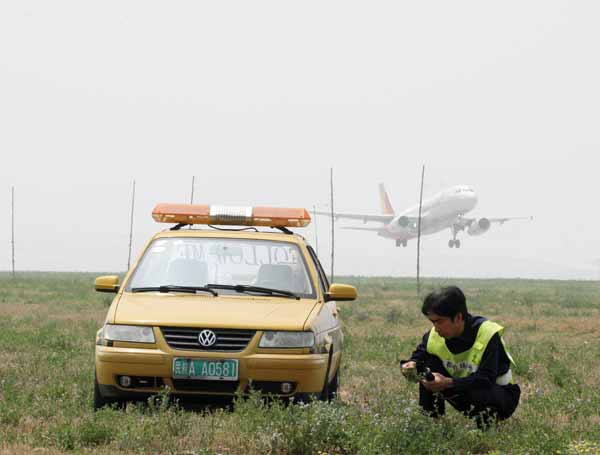 |
|
Sui Guohui examines Beijing Capital International Airport's surroundings to understand why birds arrive and how to keep them away. Photos by Jiang Dong / China Daily |
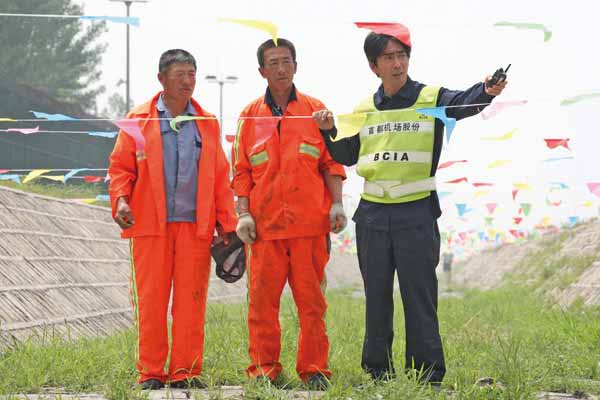 |
|
Sui Guohui leads a team of bird population control officers on a routine patrol. |
 |
|
Sui inspects bird dispersal equipment. |
Birds are small but they are a huge threat on the runway. Liu Zhihua gets a peek at how Beijing Capital International Airport controls its bird population.
Dressed in a blue uniform, Sui Guohui, 42, blends into the crowd at the busy Beijing Capital International Airport (BCIA). But his job is critical in ensuring the safety of everyone at the airport, especially those who are getting on airplanes.
Sui leads a team of bird population control officers at BCIA, which has one of the world's largest passenger throughputs annually.
"I'm under great pressure every single minute. The task sounds simple, but it is very tricky and important," Sui says.
Birds on the runway are a threat to airplane safety. If they collide with incoming or departing aircraft, they can cause massive structural damages. And an airplane disaster could happen if just one bird enters the engines, Sui explains.
With some 30 of his colleagues, Sui has adopted various methods to prevent bird strikes from happening.
On the grass patches close to runways, there are bird-frightening devices such as automatic bird distress recorders, automatic gas exploders and raptor-like kites, to stop birds from coming close. There is also wire mesh, about 6 meters tall, to block birds from entering the runways.
Farther away, the airport covers gutters surrounding the runways with colorful banners, which function like scarecrows.
There is also a special team which patrols the runways regularly on vehicles that broadcast sounds to frighten away birds. This team of officers also mow the grass to prevent it from overgrowing and spray pesticides to ward off pests, food for the birds.
"All these are preventive methods to control the birds but there is no guarantee," Sui says.
"People around me know that every time I look unhappy, I must have dreamt of bird strikes the night before."
Sui witnessed his first bird attack on Sept 22, 1997, which is now known as "black Friday" among his colleagues.
It started out as a normal day until a few swallows showed up at the airport at noon.
Without a second thought, the runway maintenance team shot at the birds using guns. During that time, shooting was the method used most at the airport to prevent bird strikes.
The swallows disappeared, to the relief of everyone.
But at about 2 pm, flocks of swallows descended on the airport, as if on a revenge mission.
"We were stunned," Sui says. "The runways were infested with swallows. Up in the air, there were so many birds that they blocked the sun."
Airport workers did all they could to chase the birds away.
Some shot at the birds, some went on cars and trucks to frighten them, and others used brooms, gongs and drums.
"But all the methods were useless," Sui recalls.
"In the end, the airport was forced to stop operations, until the birds flew away themselves."
Although no accident happened, the event was a wake-up call for BCIA, prompting it to establish a bird dispersal patrol team. Sui was appointed to lead the team of four.
"I love birds, but since then, I view every bird as a threat," Sui says.
Initially, the team had only one car and several guns but they were soon equipped with imported devices, such as gas exploders and bird repellers.
Unfortunately, in September 1998, history repeated itself. Hundreds of thousands of swallows descended upon the airport again. Even with the help of paramilitary police, they couldn't eliminate the swallows. The airport was once again shut for several hours.
"We realized that relying on the scaring system was too passive," Sui says.
Sui went on a research spree, and made defeating birds his life mission.
"Birds are smart. They learn to ignore those alien sounds and objects once they find them harmless," Sui says.
"I changed the ideology of dealing with the birds - to be proactive instead of reactive."
Instead of killing or scaring birds away, Sui tried to understand why they came and how to keep them away.
Research on the airport's surroundings reveals that the environment provides a conducive habitat for birds.
The green area around the airport breeds insects and supplies seeds, which attract small birds and in turn, these are prey for bigger birds.
The BCIA is also located along the routes of migratory birds, such as swallows and gulls.
"Following the ecological chain was like discovering the missing pieces of a puzzle," Sui says.
Today, the core responsibility of Sui's team is to control rather than to scare away birds.
Sui says since 1999, they have been mowing the grass and using pesticides to control the growth of grass, keeping the height to less than 20 cm so that rats and other pests won't breed. The team also constantly destroys birds' nests in the nearby forests.
"In this way, the total number of birds can be reduced significantly," Sui says.

In recent years, BCIA has only encountered a few small birds on the runways, but there has been no major bird strike.
"It is impossible to be totally bird-free, but we are doing our best," Sui says.

 'Taken 2' grabs movie box office crown
'Taken 2' grabs movie box office crown
 Rihanna's 'Diamonds' tops UK pop chart
Rihanna's 'Diamonds' tops UK pop chart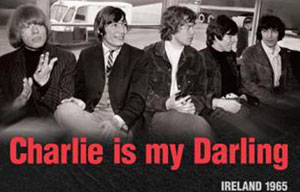
 Fans get look at vintage Rolling Stones
Fans get look at vintage Rolling Stones
 Celebrities attend Power of Women event
Celebrities attend Power of Women event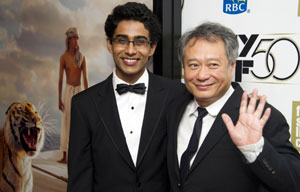
 Ang Lee breaks 'every rule' to make unlikely new Life of Pi film
Ang Lee breaks 'every rule' to make unlikely new Life of Pi film
 Rihanna almost thrown out of nightclub
Rihanna almost thrown out of nightclub
 'Dark Knight' wins weekend box office
'Dark Knight' wins weekend box office
 'Total Recall' stars gather in Beverly Hills
'Total Recall' stars gather in Beverly Hills
Most Viewed
Editor's Picks

|

|

|

|

|

|
Today's Top News
Health new priority for quake zone
Xi meets US top military officer
Japan's boats driven out of Diaoyu
China mulls online shopping legislation
Bird flu death toll rises to 22
Putin appoints new ambassador to China
Japanese ships blocked from Diaoyu Islands
Inspired by Guan, more Chinese pick up golf
US Weekly

|

|

